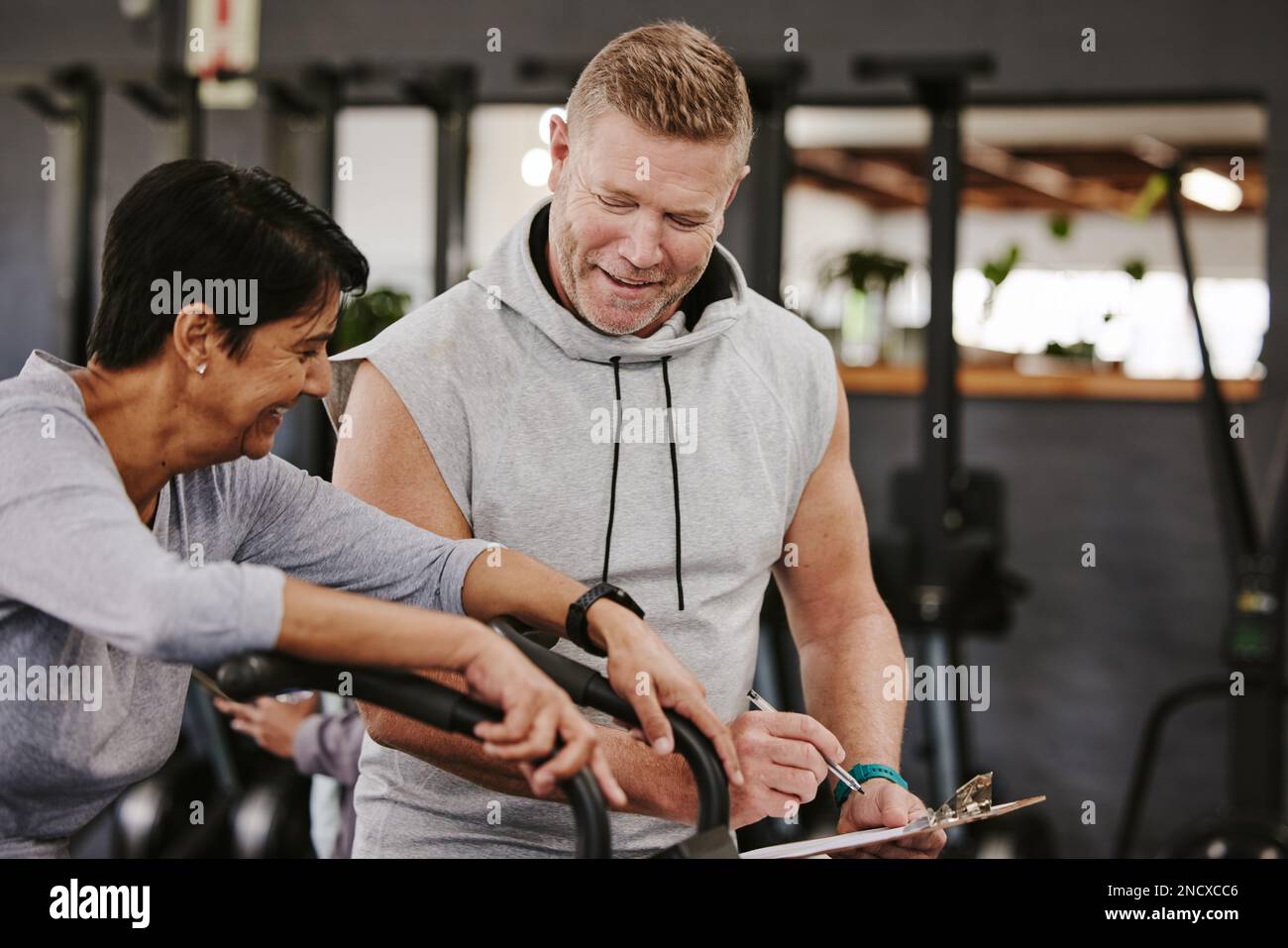

For strength in the shoulder, what you really want is balance between the front and back muscles in the shoulder. That's important, because many people focus on the muscles at the front of the shoulder. Specifically, the bent-over row targets the posterior part of the deltoid in the shoulder. Laskowski, M.D.: The bent-over row is an exercise you can do with resistance tubing to work the muscles in the back of the shoulder. Simple exercises such as standing on one leg or movement-based exercises such as tai chi can improve your stability and balance.Įdward R. Stability and balance exercises help your muscles work together in a way that keeps you more stable and less likely to fall. Stability and balance exercisesįall prevention is especially important for people with osteoporosis. Ask your doctor which stretching exercises are best for you. They should be done gently and slowly, without bouncing.Īvoid stretches that flex your spine or cause you to bend at the waist. Stretches are best performed after your muscles are warmed up - at the end of your exercise session, for example, or after a 10-minute warm-up.
#Best exercise for weight loss at home full
Moving your joints through their full range of motion helps you keep your muscles working well.

Just be sure to also add weight-bearing activity as you're able. However, if you enjoy these activities, do them. Swimming and cycling have many benefits, but they don't provide the weight-bearing load your bones need to slow mineral loss. It's also important to work on strength, flexibility and balance. It's important that aerobic activities, as beneficial as they are for your overall health, are not the whole of your exercise program. They also provide cardiovascular benefits, which boost heart and circulatory system health. These types of exercise work directly on the bones in your legs, hips and lower spine to slow mineral loss. Examples include walking, dancing, low-impact aerobics, elliptical training machines, stair climbing and gardening. Weight-bearing aerobic activities involve doing aerobic exercise on your feet, with your bones supporting your weight. Proper form and technique are crucial to prevent injury and get the most from your workout. A physical therapist or personal trainer with experience working with people with osteoporosis can help you develop strength-training routines. Resistance training should be tailored to your ability and tolerance, especially if you have pain. If you use weight machines, take care not to twist your spine while performing exercises or adjusting the machines. Resistance training can also help maintain bone density.
#Best exercise for weight loss at home free
Strength training includes the use of free weights, resistance bands or your own body weight to strengthen all major muscle groups, especially spinal muscles important for posture. Ask your doctor or physical therapist whether you're at risk of osteoporosis-related problems, and find out what exercises are appropriate for you. Because of the varying degrees of osteoporosis and the risk of fracture, you might be discouraged from doing certain exercises.


 0 kommentar(er)
0 kommentar(er)
